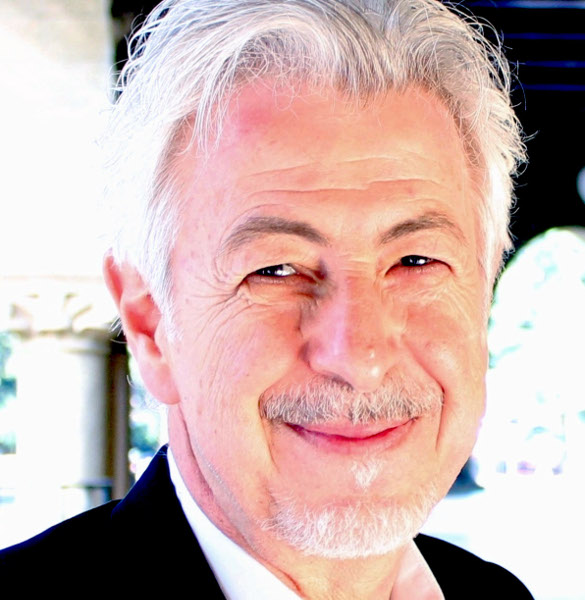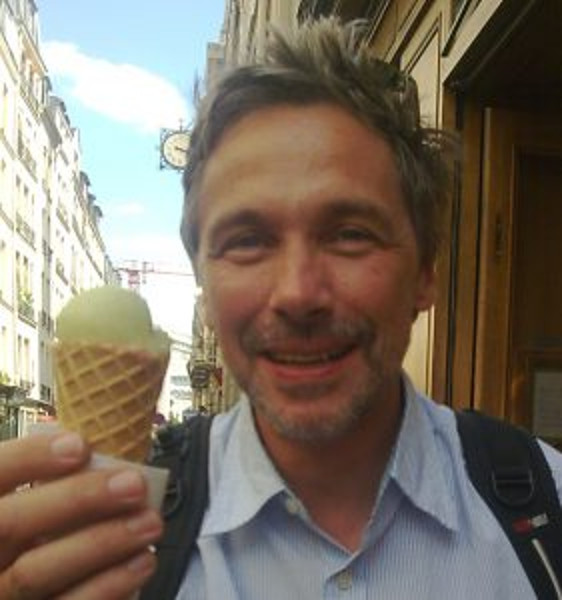Invited Speakers

Oussama Khatib received his PhD from Sup’Aero, Toulouse, France, in 1980. He is Professor of Computer Science and Director of the Robotics Laboratory at Stanford University. His research focuses on methodologies and technologies in human-centered robotics, haptic interactions, artificial intelligence, human motion synthesis and animation. He is President of the International Foundation of Robotics Research (IFRR) and a Fellow of the Institute of Electrical and Electronic Engineers (IEEE). He is Editor of the Springer Tracts in Advanced Robotics (STAR) series, and the Springer Handbook of Robotics, awarded the American Publishers Award for Excellence in Physical Sciences and Mathematics. He is recipient of the IEEE Robotics and Automation (IEEE/RAS) Pioneering Award (for his fundamental contributions in robotics research, visionary leadership and life-long commitment to the field), the IEEE/RAS George Saridis Leadership Award, the Distinguished Service Award, the Japan Robot Association (JARA) Award, the Rudolf Kalman Award, and the IEEE Technical Field Award. In 2018, Professor Khatib was elected to the National Academy of Engineering.
Robotics is undergoing a major transformation in scope and dimension with accelerating impact on the economy, production, and culture of our global society. The generations of robots now being developed will increasingly touch people and their lives. They will explore, work, and interact with humans in their homes, workplaces, in new production systems, and in challenging field domains. The emerging robots will provide increased support in mining, underwater, hostile environments, as well as in domestic, health, industry, and service applications. Combining the experience and cognitive abilities of the human with the strength, dependability, reach, and endurance of robots will fuel a wide range of new robotic applications. This approach is illustrated in the context of Ocean One, a bimanual humanoid robotic diver that brings intuitive haptic physical interaction to oceanic environments. The new robots allow humans to be physically distanced from dangerous and unreachable spaces while connecting their skills, intuition, and experience to the task promises to fundamentally alter remote work. These robots will search for and acquire materials, build infrastructure, and perform disaster prevention and recovery operations – be it deep in oceans and mines, at mountain tops, or in space.
Peter Corke is a robotics researcher and educator. He is the distinguished professor of robotic vision at Queensland University of Technology, director of the ARC Centre of Excellence for Robotic Vision and Chief Scientist of Dorabot. His research is concerned with enabling robots to see, and the application of robots to mining, agriculture and environmental monitoring. He created widely used open-source software for teaching and research, wrote the best selling textbook “Robotics, Vision, and Control”, created several MOOCs and the Robot Academy, and has won national and international recognition for teaching including 2017 Australian University Teacher of the Year. He is a fellow of the IEEE, the Australian Academy of Technology and Engineering, the Australian Academy of Science; founding editor of the Journal of Field Robotics; founding multi-media editor of the International Journal of Robotics Research; member of the editorial advisory board of the Springer Tracts on Advanced Robotics series; former editor-in-chief of the IEEE Robotics & Automation magazine and member of the executive editorial board member of the International Journal of Robotics Research; the recipient of the Qantas/Rolls-Royce and Australian Engineering Excellence awards; and has held visiting positions at Oxford, University of Illinois, Carnegie-Mellon University and University of Pennsylvania. He received his undergraduate and masters degrees in electrical engineering and PhD from the University of Melbourne.


Paolo Fiorini, received the Laurea degree in Electronic Engineering from the University of Padova, (Italy), the MSEE from the University of California at Irvine (USA), and the Ph.D. in ME from UCLA (USA). From 1985 to 2000, he was with NASA Jet Propulsion Laboratory, California Institute of Technology. In 2001 returned to Italy at the School of Science of the University of Verona (Italy) where is a Full Professor of Computer Science. His research focuses on teleoperation for surgery, space, service and exploration robotics, and autonomous navigation of robots and vehicles.
It is rather unlikely that, in our lifetime, we will see a fully autonomous robot performing an unassisted surgery. However, it is very possible that some form of autonomous assistance to the surgical process will be introduced to robotic surgery in the near future. Thus, we need to analyze the ethical, legal and practical implications of autonomous surgical robots, discuss what parts of autonomy are feasible with realistic technologies, and what could be their real benefits to patients and surgeons. In this talk I will present our current research in cognitive architectures for autonomous task execution and show the results of learning and executing simple training task, environment modelling and developing novel sensorized instruments.

